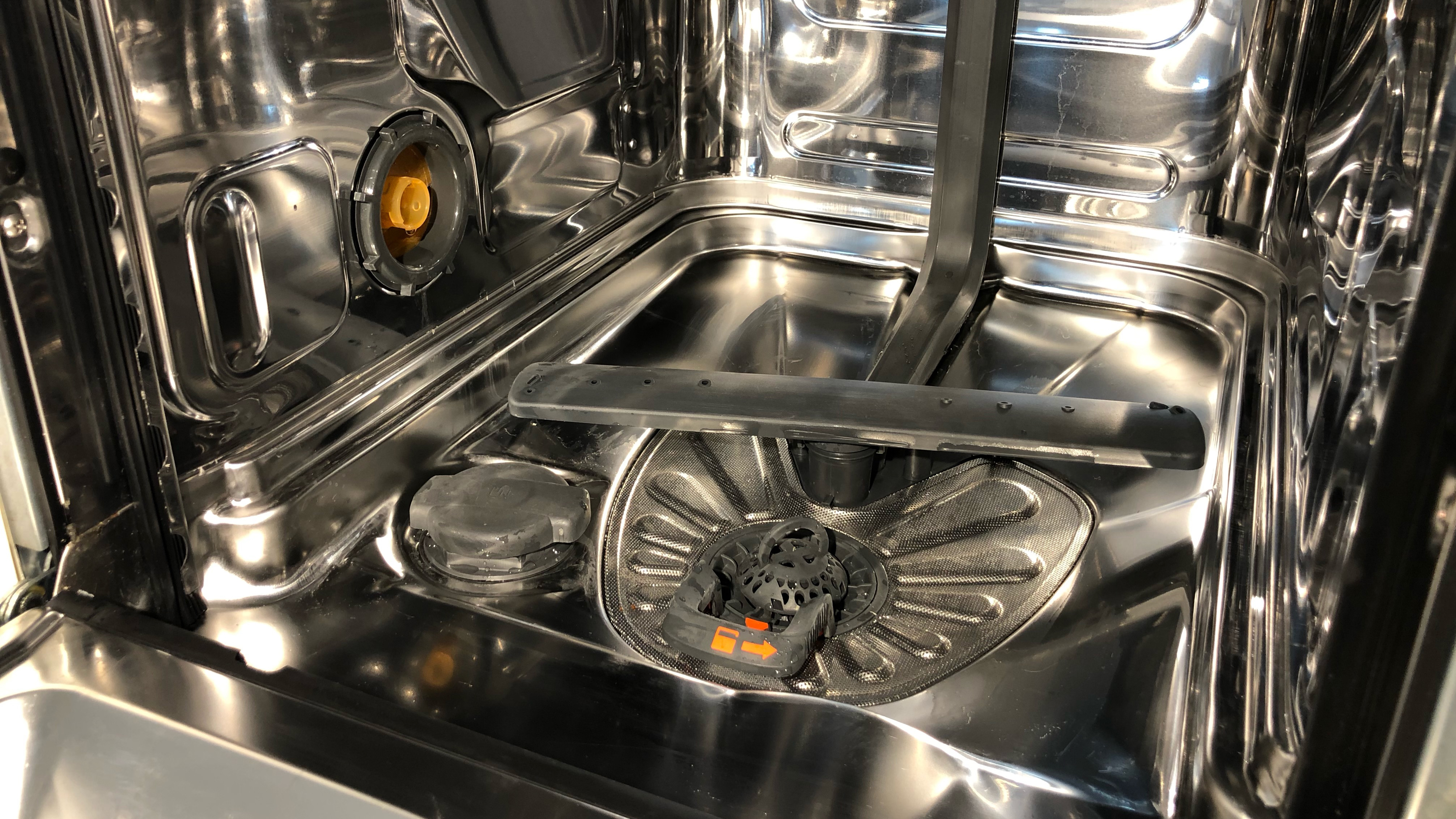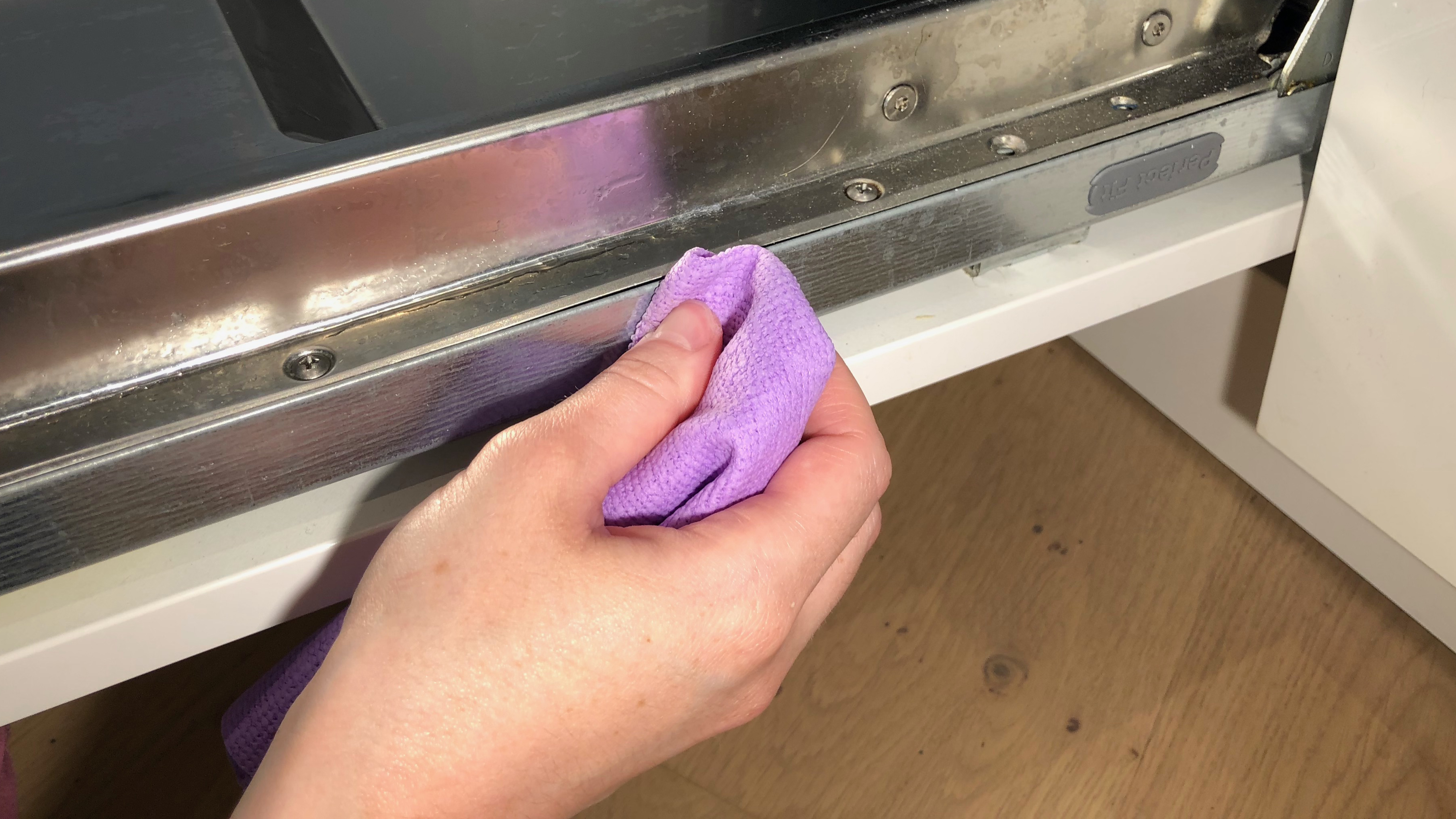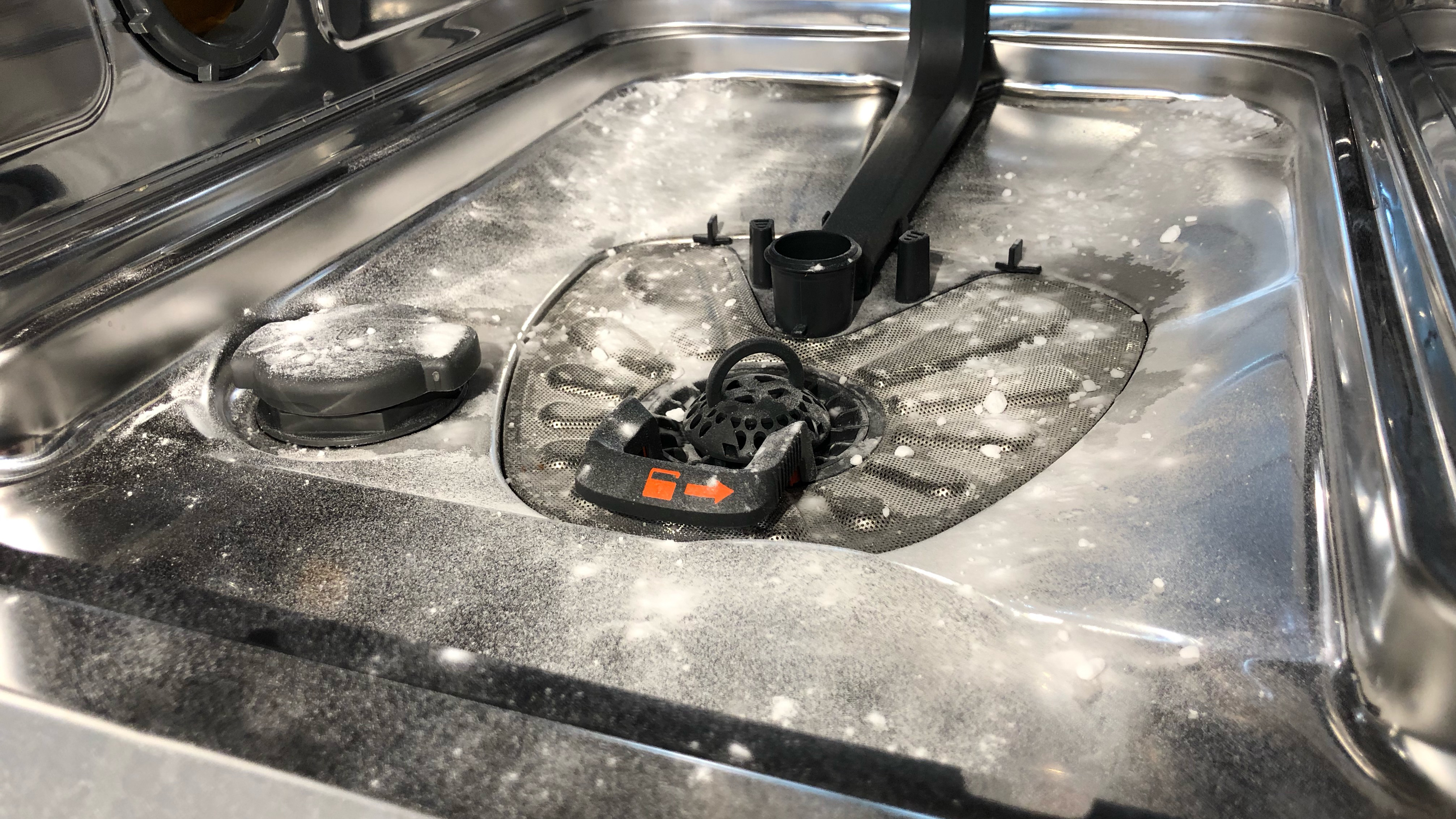How to clean a dishwasher

If your dishwasher has started to smell as of late, it might be time to learn how to clean a dishwasher. Many of us forget that even the best dishwashers need some TLC every once in a while, otherwise limescale, food residue and soap scum can build up inside. This can result in unhygienic cycles, damaged parts and potentially expensive repairs. In the worst case scenario, you might need a full blown replacement. That’s why it’s essential that you take the time to clean your dishwasher when necessary — to help your dishwasher last longer.
This task isn’t as bad as it sounds. In fact, all it requires are a few household products and some elbow grease. If you’d like some guidance on what to do, here we will take you through the best way to clean your dishwasher step-by-step, answering any questions you might have along the way. With a bit of care and attention, your dishwasher will smell and function just like new again. Here’s how to clean a dishwasher.
How to clean a dishwasher
How often do you need to clean your dishwasher? Well, it largely depends on how often you use it, but as a general rule you should check the filter for any food residue or blockages after every cycle. Otherwise, the same food will dirty the water in each wash.
A dishwasher cleaner OR white distilled vinegar
Baking soda
Microfiber cloth or sponge
Toothbrush
It is also advisable to give the dishwasher a once-over clean every one-to-two weeks. This involves taking out and rinsing the filter, as well as giving the internal door a clean as well.
Lastly, you should deep clean the dishwasher once a month. Here are the steps to take.
1. Empty the dishwasher, then remove the baskets completely to give yourself some space. Most lower baskets will just slide out, but you may need to refer to your manual for the upper basket. If the spray arm on the floor can be removed, take this out too. Set these aside for now.
2. Next, you'll need to clean the filter. Start by removing any obvious food debris from the well. Then remove the filter; it can usually be found in one of the back corners on the floor of the machine. Most of these can simply be twisted to unlock, but refer to your manual if necessary. Clean your filter under hot, running water, using a toothbrush to scrub the mesh. This can be replaced immediately once clean. Be sure to lock it back into place.
Get instant access to breaking news, the hottest reviews, great deals and helpful tips.

3. Next, using a damp microfiber cloth or sponge, tackle the interior door of the machine, looking out for any dirt traps around the edges or at the base of the door when fully opened. The gaskets will also need to be scrubbed to clear out any residue. Don’t forget to give the controls a once over, too.
FAQ: Can you put bleach in a dishwasher?
It’s worth mentioning that you should not use bleach to clean your dishwasher. This is because bleach erodes stainless steel, which most dishwashers use, so be careful not to use any cleaners which contain hydrogen peroxide either. If you want to clean a stainless steel door, use a stainless steel cleaner instead and be sure to wipe in the direction of the grain without using anything abrasive.

4. Now clean the accessories. Give the baskets and spray arms a wipe down with the damp microfiber cloth or sponge, focusing on any food residue which may have formed. Pay particular attention to the holes on the spray arms; if those are blocked, use a toothpick or a needle to dislodge them. Once you’re happy with those, replace them in the dishwasher.
5. Now you’re ready to tackle any unseen grease, grime and limescale — and here you'll be using the vinegar. Not sure how to clean a dishwasher with vinegar? It's simple. With the dishwasher still empty, run a dishwasher cleaner through it such as Finish Dual Action Dishwasher Cleaner. If you want to use household items and be more sustainable, use white distilled vinegar. Simply fill a dishwasher-safe bowl or cup with the vinegar, place it on the upper rack, leaving the dishwasher empty otherwise, and run on its hottest cycle — usually the heavy or intensive wash. As a strong acid, vinegar is brilliant for shifting limescale and breaking down any remaining grease or soap scum. Remember, do not use bleach to clean the interior as it will damage stainless steel.

6. If you’re dealing with a particularly smelly appliance, you can also use baking soda to clean a dishwasher. As a natural alkaline, baking soda will help with deodorizing, as well as shifting any final stains. Simply sprinkle a cup into the bottom of your dishwasher and run it on its hottest quick setting.
And voila, your dishwasher should be looking like new again! Don’t forget to leave the door open once the cycle is finished to air-dry the dishwasher — this will prevent mould and mildew from building up, which can lead to that stale smell. Following these steps will keep your dishwasher in top condition, making it more efficient at cleaning your dishes, and it will last longer, too.

Plates still coming out dirty?
This could be the result of incorrect loading. You want to fill the dishwasher for the best energy efficiency, but you don’t want to overload it, either. Make sure plates and glasses aren’t touching and that there’s a gap for the water to flow through. If you’re washing large plates or pans, it’s also good practice to check that the spray arm under the upper rack can rotate freely. If this gets jammed, the load will not be cleaned! You can usually raise the upper basket if you find this problem.
Lastly, keep an eye on the salt and rinse-aid indicators. If the salt is low, it can result in cloudy glasses and streaky plates, while a lack of rinse aid will lead to wet crockery.
- Here's how to unclog a dishwasher
- Someone finally made a dishwasher that doesn't get smelly
- Dishwashers are the worst thing for knives — here’s why
- How to clean a gas stove top to make it look spotless.

Katie Mortram used to be a Homes Editor for Tom's Guide, where she oversaw everything from kitchen appliances to gardening tools, as well as smart home tech. Specializing in providing expert advice for cleaning and home manintenance, she now works as Household Advice Editor for Good Housekeeping.
